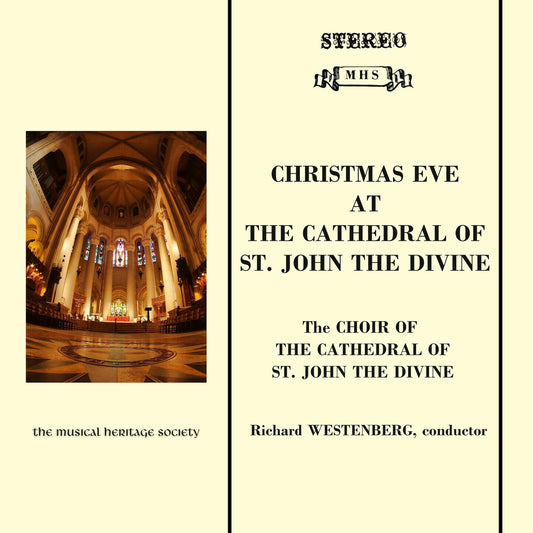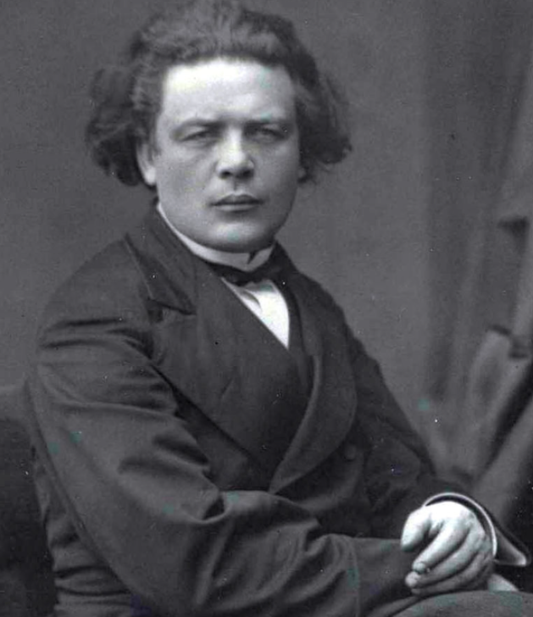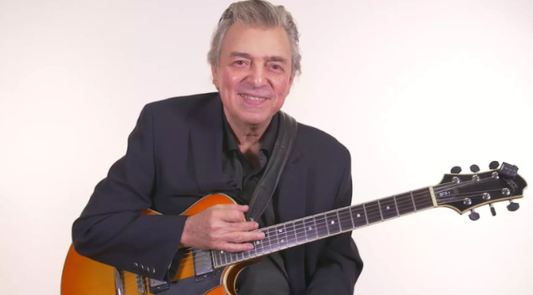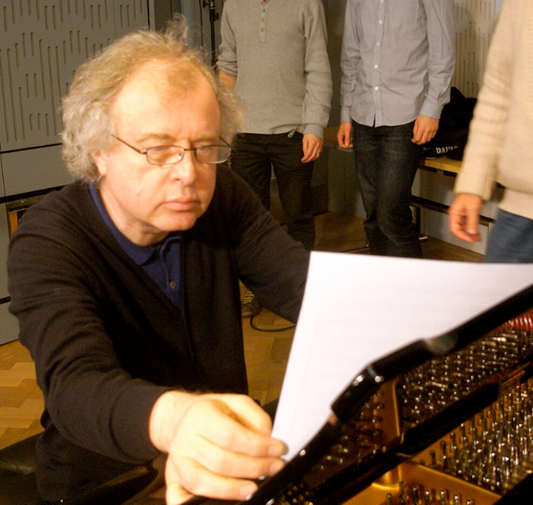Collection: GIOVANNI PIERLUIGI DA PALESTRINA (c. 1525 – 1594)
Giovanni Pierluigi da Palestrina (c. 1525 – 2 February 1594) stands as one of the towering figures of the High Renaissance, a composer whose name became virtually synonymous with the refined art of sacred choral music. Born in the small town of Palestrina, near Rome – from which he derived his surname – his life and career were inextricably linked with the musical heart of the Catholic Church during a period of significant religious and artistic transformation.
Palestrina's early musical training likely began as a choirboy, first in his hometown and later in Rome at the Basilica di Santa Maria Maggiore around 1537. His talent was evident, leading to his appointment as organist and maestro di cappella (choirmaster) back in Palestrina Cathedral in 1544. His reputation grew, and in 1551, Pope Julius III, formerly the Bishop of Palestrina, summoned him to Rome to become the maestro di cappella of the prestigious Cappella Giulia, the choir of St. Peter's Basilica. This appointment marked the beginning of his long association with the central institutions of the Roman Catholic Church.
Palestrina's career navigated the complex currents of the Counter-Reformation. The Council of Trent (1545-1563), convened to address the challenges of the Protestant Reformation, included discussions on church music. Concerns were raised about overly complex polyphony obscuring the sacred texts and the intrusion of secular styles into liturgical music. While the often-repeated legend that Palestrina single-handedly "saved" polyphony from being banned by composing the Missa Papae Marcelli (Pope Marcellus Mass) is likely an exaggeration, his music perfectly embodied the ideals sought by reform-minded church officials.
His compositional style is characterized by its sublime clarity, smoothness, and balance. He mastered the art of polyphony – the weaving together of multiple independent melodic lines – but did so with remarkable control and elegance. His melodies are typically stepwise and gracefully arched, avoiding large leaps. Dissonance is carefully prepared and resolved, creating a seamless, consonant flow that evokes a sense of celestial serenity and reverence. Crucially, Palestrina prioritized the intelligibility of the text, ensuring that the words of the liturgy remained clear even within intricate contrapuntal textures. This clarity, combined with profound emotional depth, made his music the ideal for the reformed Catholic liturgy.
Palestrina held various significant posts throughout his life, including positions at St. John Lateran and Santa Maria Maggiore, though he eventually returned to the Cappella Giulia at St. Peter's in 1571, where he remained until his death. His output was immense, comprising primarily sacred music: over 100 Masses, hundreds of motets, Magnificats, Lamentations, hymns, and offertories. While he did compose some secular madrigals, particularly early in his career, his enduring legacy rests firmly on his sacred works. The Missa Papae Marcelli remains his most famous work, celebrated for its sublime beauty and masterful six-voice texture. Other notable works include the haunting Stabat Mater and his settings of the Lamentations of Jeremiah.
Palestrina's influence was profound and long-lasting. His style became codified as the stile antico ("old style") and served as a fundamental model for counterpoint study for centuries – figures like J.S. Bach studied his techniques. He represented the culmination of Renaissance polyphonic development, achieving a perfect synthesis of technical mastery and spiritual expression. Even today, his music is revered for its purity, its ethereal quality, and its ability to elevate the spirit, securing his position as the "Prince of Music" and a defining composer of the Western musical tradition. He died in Rome in 1594, a respected and financially successful figure, leaving behind a body of work that continues to inspire awe and devotion.





